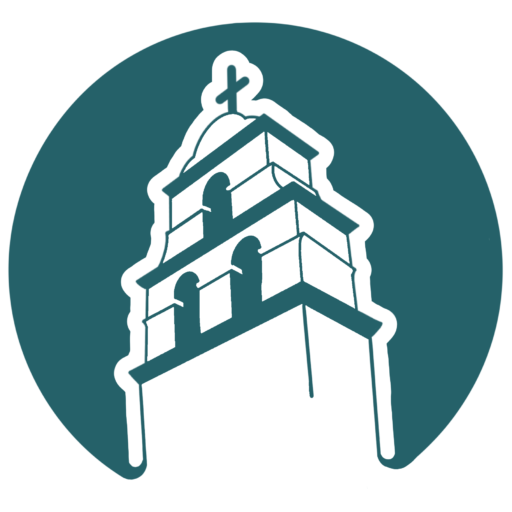Pope Francis has decided that he will be visiting Cuba in September before arriving in the US for his visit to Washington D.C., New York, and Philadelphia. Back in October he personally issued an appeal in a letter to President Obama and Cuban President Raul Castro calling on them to resolve the case of Alan Gross and the cases of the three Cubans who have been imprisoned in the US. Gross, a US citizen accused of being an American intelligence agent was jailed in Cuba. In the Pope’s letter he also encouraged the United States and Cuba to pursue a closer relationship. The Vatican then when on to host secret negotiations between delegations from both countries in order to try and put an end to the more than five decades of hostilities. A US senior administration official said that the appeal from the Pope was “very rare” and unprecedented. After the Cuban revolution in 1959, the Cuban government was replaced by a revolutionary socialist state, headed by Fidel Castro, later becoming the Communist Party in 1965. Fidel headed the Communist Party until in 2008 he ceded power to his brother Raul. The Cuban Revolution had powerful domestic and international repercussions, reshaping Cuba’s relationship with the United States. The US imposed a trade embargo against Cuba which has continued these five decades until in late 2014 it began to be lifted. In the early days of Fidel Castro’s rule, Catholics and followers of other religions found themselves heavily persecuted. Worshippers were tar-geted, sometimes violently. Church property was seized, priests and ministers were forced into exile or imprisoned, and parents who had once embraced their faith began raising their children in secular households so they would not face discrimination. In 1992, the Cuban constitution was amended to prohibit discrimination against religion, but the U.S. State Department found that the government still restricts religious activities, but religious freedom seem to be improving. It is estimated that 60 percent of the Cuban population are baptized Catholics, however very few have the opportunity or want to attend regular Mass. Many Cubans also practice religions rooted in Africa but mixed with elements of Catholicism, such as Santeria. Only with the visit in 1998 of Pope John Paul II to the island did relations between the Cuban government and Catholic Church begin to thaw. Pope Benedict XVI took an “apostolic journey” there in 2012. In January 2015, officials announced the first Catholic church of the Castro brothers’ rule would be built in Sandino, a town of 39,000 on the west end of the island. The church in Sandino will take about two years to build and when completed will hold about 200 people. Most of the $50,000 collected so far for the construction comes from fund –raisers held by St. Lawrence Catholic Church in Tampa, Florida. To be continued …
Sources: USA Today, BBC, CNN.com, Time.com
